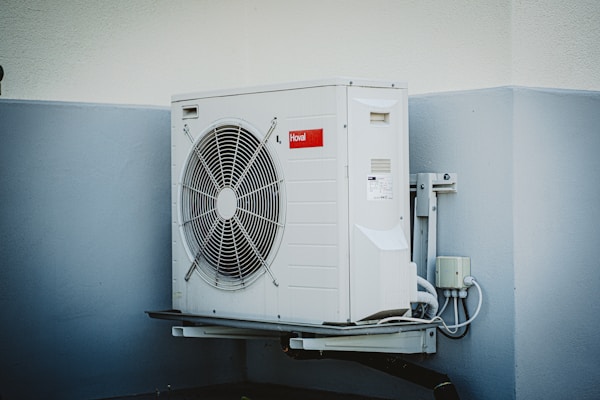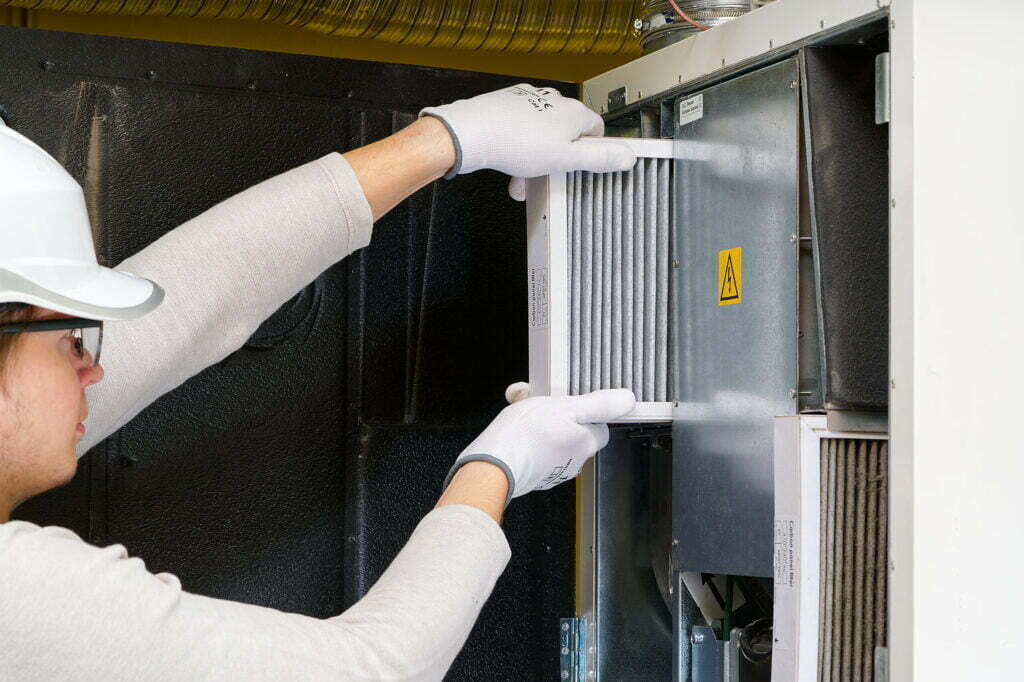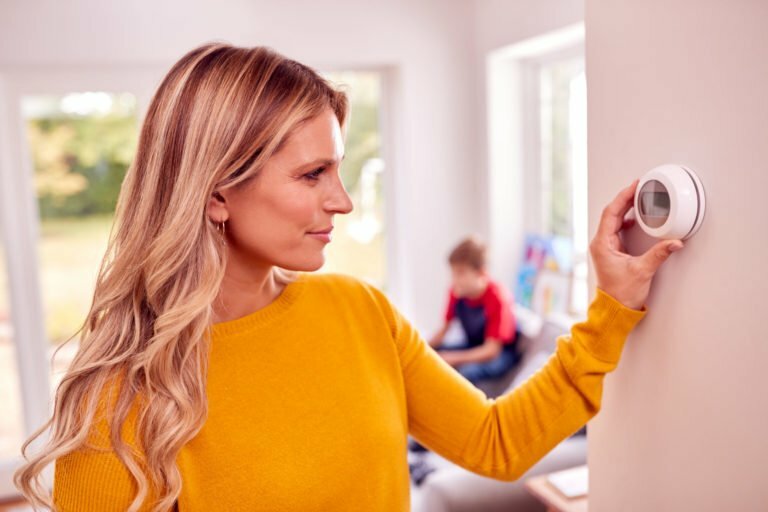A malfunctioning air conditioning or heating system can be a major annoyance and cause discomfort in your home. Malfunctioning HVAC systems can also be a sign of underlying problems that may cause more severe issues down the road. Knowing the signs and symptoms of an unhealthy HVAC system is key to identifying and solving the problem. In this article, we’ll look at some of the most common signs and symptoms of an unhealthy HVAC system. Keep reading to learn more.
Unusual Noises

Is your furnace making loud noises? Loud furnace noise is one of the most common signs and symptoms of an unhealthy HVAC system. Loud noises from a furnace can be caused by a number of different issues, from a worn or broken fan belt to a malfunctioning motor or blower. In some cases, the noise may be a result of a faulty part or a loose connection. If a furnace is making loud noises, it may also be a sign of a clogged air filter or ductwork or a malfunctioning pressure switch.
Loud noises from a furnace can be disruptive and unpleasant, and they may indicate a serious problem with the system. If the noise is loud or persistent, it is important to have the system inspected and serviced by a professional HVAC technician. The technician will be able to diagnose the problem and make any necessary repairs or replacements.
Uneven Heating and Cooling

An unhealthy HVAC system can often produce uneven heating and cooling and an uncomfortable environment in your home. If this is the case, you may find some rooms too hot while others are too cold, and you could also experience drafts of warm or cool air escaping certain areas. These airflow issues are indicative of an issue.
To address this issue, you should check your air filters first. A dirty air filter can prevent proper airflow and cause your system to produce uneven heating and cooling. A dirty air filter can also impact your indoor air quality, so you’ll want to be sure to change it at least every three months. Additionally, you can check for any issues with your ductwork or insulation. If the ducts or insulation are faulty, you’ll want to call a professional to help remedy the problem.
High Energy Bills

High energy bills are one of the most common signs that there is a problem with your HVAC system. Your home’s heating and cooling systems can account for 12 percent of your annual energy expenditures, so if you find yourself paying more for utilities than normal, it could be an indication that something isn’t right. Possible causes include an old or inefficient system, a clogged filter, incorrect thermostat settings, or even inadequate insulation. A technician can inspect your unit to determine what is causing the higher utility costs and decide how best to fix it.
Short Cycling
Short cycling of an HVAC system is a common sign of an unhealthy system. It occurs when the system turns on and off erratically and for short periods of time, which is less than 15 minutes. This can be caused by many different factors, including clogged filters, blocked vents, overly large or small ducts, and incorrect thermostat settings.
Short cycling can lead to a number of issues, both for your system and your comfort. It reduces the efficiency of the system, meaning it will take longer to reach and maintain the desired temperature. This could cause an increase in monthly energy bills. Additionally, the system will have to work harder to keep up with the temperature and can wear out more quickly, leading to more frequent repairs.
If you notice your system short cycling, it’s important to contact a professional to inspect and diagnose the problem. An HVAC technician can identify the cause and advise on the best course of action to repair the issue.
Overall, it is important to be aware of the signs that may indicate a problem with your HVAC system. Paying attention to these signs can help you identify and address problems early, which can help you avoid costly repairs and maintain a healthy indoor environment.





